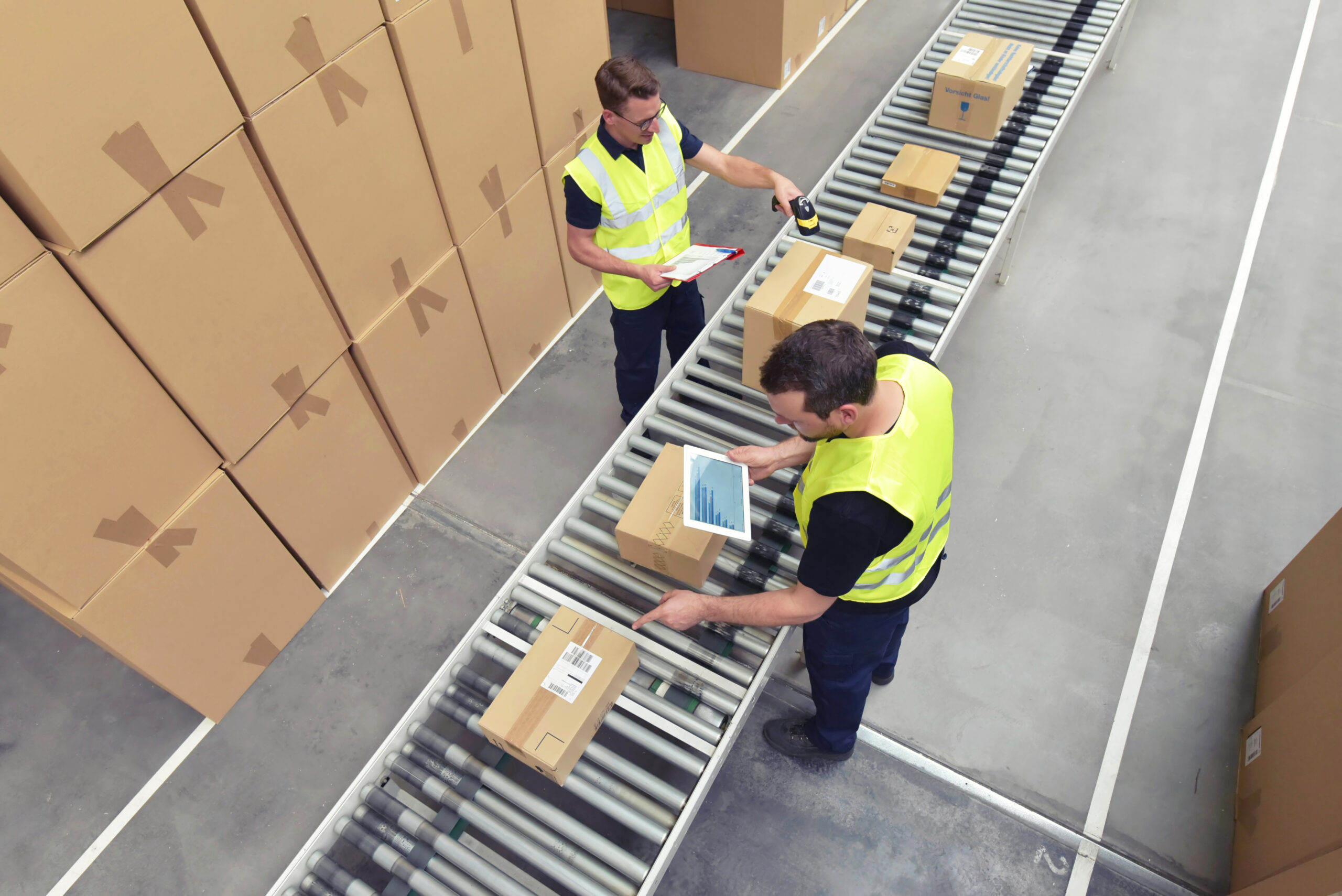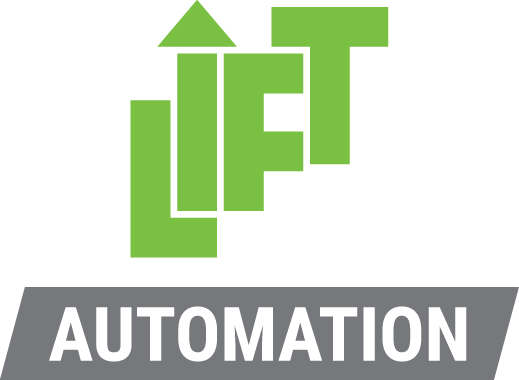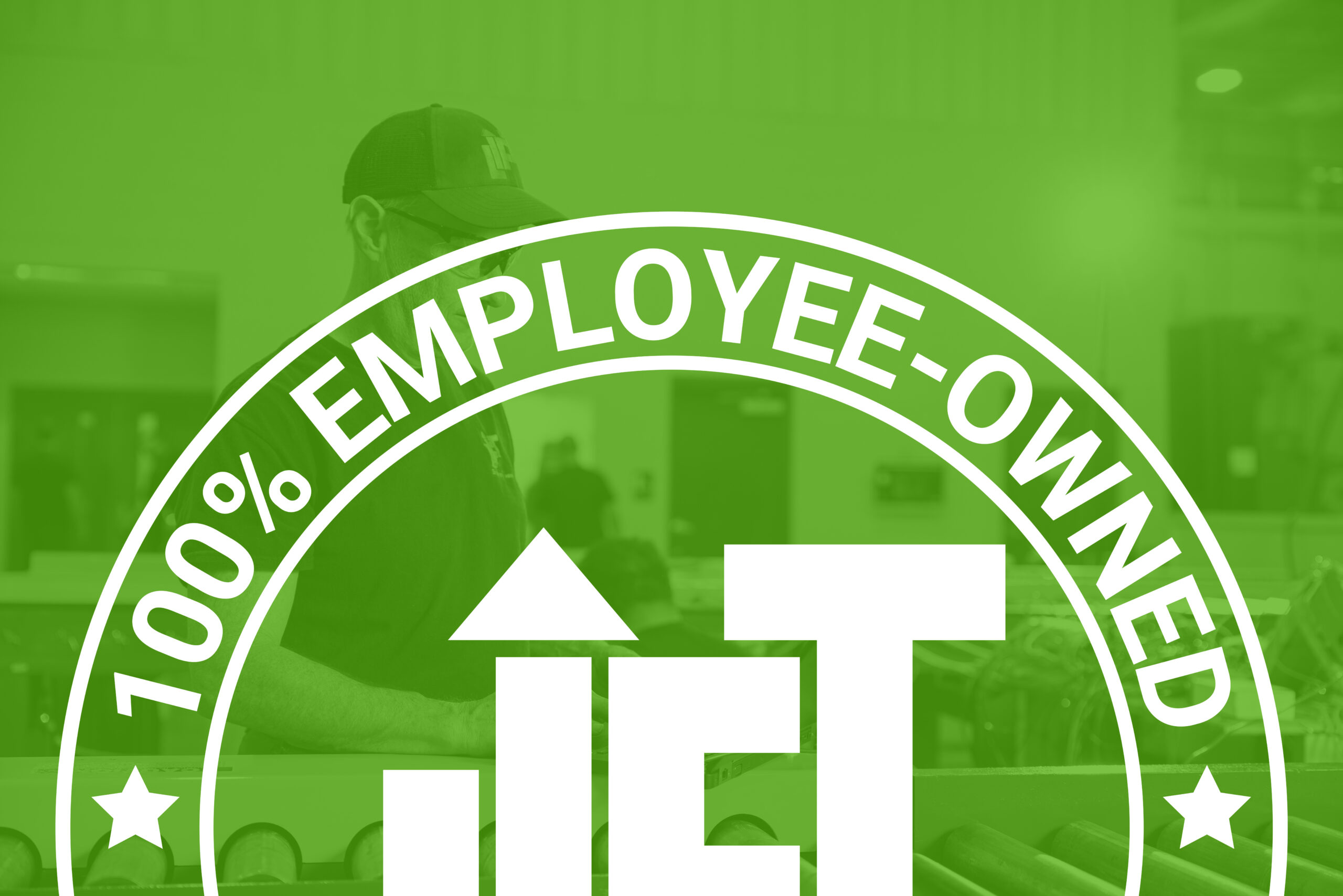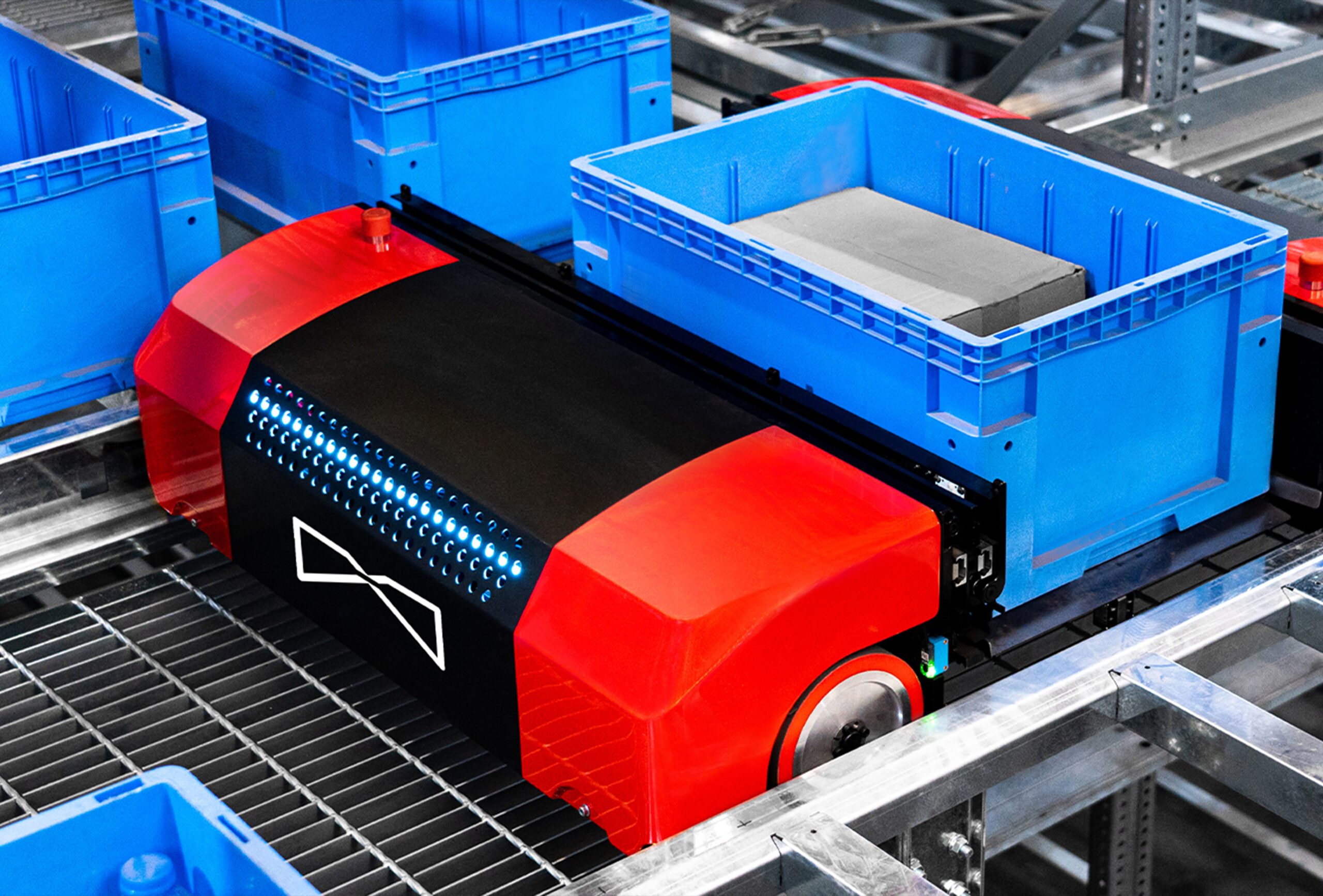
In the seminal article “Staple Yourself to an Order” by Rangan and Sviokla, the authors emphasize the importance of understanding the entire order fulfillment process from the customer’s perspective by following the journey of an order through a company. This approach highlights the importance of cross-functional alignment and the integration of various processes to improve order accuracy, lead time, and overall customer satisfaction.
Applying these concepts to e-commerce fulfillment in a warehouse offers several valuable insights, particularly in the highly dynamic and competitive environment of e-commerce where speed, accuracy, and customer experience are paramount.
- End-to-End Process Visibility: In e-commerce fulfillment, the journey of an order involves multiple steps: order capture, picking, packing, labeling, and shipping. Much like the concept of “stapling” yourself to an order, it’s critical for e-commerce companies to have end-to-end visibility across these functions. Technology such as warehouse management systems (WMS) and order management systems (OMS) provide real-time tracking of orders, allowing warehouse managers to monitor the status of each order as it moves through the fulfillment process. This ensures that orders are handled efficiently and potential bottlenecks are addressed immediately, improving the overall flow.
- Cross-Functional Coordination: The article stresses the need for cross-functional collaboration to ensure that all departments—sales, operations, and customer service—are aligned. In an e-commerce warehouse, this coordination extends to different teams involved in fulfillment: from order picking to packing, shipping, and customer service. Implementing automated workflows ensures that information flows seamlessly between these functions, reducing errors and miscommunication. For example, when an order is placed, customer service teams should be able to see the same data as warehouse teams, ensuring that if there are any issues (such as stockouts or delays), the customer is informed proactively.
- Managing the Customer Experience Through Process Control and Automation: A core idea from the “Staple Yourself to an Order” article is that each step in the order fulfillment process directly impacts the customer experience. In the fast-paced world of e-commerce fulfillment, warehouses must optimize for speed, accuracy, and transparency. Advanced automation technologies play a critical role in ensuring these goals are met while maintaining a seamless process that aligns with customer expectations.
-
- Shuttle Systems for Storage: In modern e-commerce warehouses, shuttle systems enable high-density storage and automated retrieval of products, allowing for faster order fulfillment and more efficient use of space. These systems can quickly locate and transport SKUs to picking stations, reducing the time spent on retrieving products from storage. This ensures that even during peak demand, such as holiday seasons, orders are processed quickly and efficiently, enhancing the customer experience by reducing delivery times.
-
- Goods-to-Person (GTP) Picking Systems: Traditionally, warehouse employees would travel around the facility to gather items for orders. However, GTP picking systems bring items directly to the picker, significantly speeding up the order fulfillment process. This not only increases efficiency but also reduces the likelihood of human error, ensuring greater order accuracy. For customers, this translates to fewer shipping mistakes and faster deliveries, two critical factors in maintaining customer satisfaction in e-commerce.
-
- AGVs and AMRs for Flexible Scalable Facility Layouts: To maintain flexibility in a warehouse environment, Automated Guided Vehicles (AGVs) and Autonomous Mobile Robots (AMRs) are increasingly being used to transport goods between various points within the facility. These systems can dynamically adjust to changes in order volume, ensuring that no bottlenecks arise in the transportation of items to packing, shipping, or loading areas. As demand fluctuates, especially during high-traffic periods like Black Friday, these robots provide scalable solutions that keep the flow of orders steady and efficient.
By utilizing these automation systems, e-commerce fulfillment centers can ensure continuous process control, which in turn enhances the customer experience. Automation helps eliminate bottlenecks and ensures a smooth, predictable order fulfillment process from the moment an order is placed to when it is shipped. This not only speeds up delivery but also boosts accuracy, which is crucial for maintaining trust and loyalty in the competitive e-commerce space.
- Capacity Planning and Peak Management: In the e-commerce space, managing demand surges—such as during holidays or promotions—is critical. Rangan and Sviokla’s idea of having visibility into the entire order journey helps companies anticipate bottlenecks and allocate resources efficiently. This aligns with modern warehouse practices of dynamic slotting (adjusting where products are stored based on order velocity) and flexible labor management (bringing in additional resources during peak periods) to ensure that the warehouse can handle increased order volumes without sacrificing performance.
- Feedback Loops for Continuous Improvement: “Staple Yourself to an Order” also stresses the importance of using customer feedback to improve internal processes. In an e-commerce fulfillment environment, feedback mechanisms can include customer reviews, returns data, and shipping performance metrics. By analyzing this data, companies can identify patterns—such as common errors in picking or delays in shipping—and take steps to address them. This could involve retraining staff, adjusting inventory levels, or refining the packaging process to minimize returns.
Conclusion: Applying “Staple Yourself to an Order” in E-Commerce Fulfillment
The key takeaway from Rangan and Sviokla’s framework is that companies must adopt a holistic view of the order journey to optimize every step of fulfillment. In the fast-paced e-commerce landscape, this means leveraging technology for visibility, ensuring cross-functional coordination, and focusing on the customer experience at every touchpoint. By doing so, e-commerce warehouses can reduce errors, improve efficiency, and enhance customer satisfaction, resulting in a more competitive and agile fulfillment operation.
Ready to improve the journey of an order through your system?
Lift Automation specializes in streamlining DC operations through tailored automation solutions. Whether you need help with picking systems, material handling, or optimizing bottlenecks, our expert team can design a solution that fits your needs. Contact us today to boost your throughput and keep your customer promises, no matter the season!



